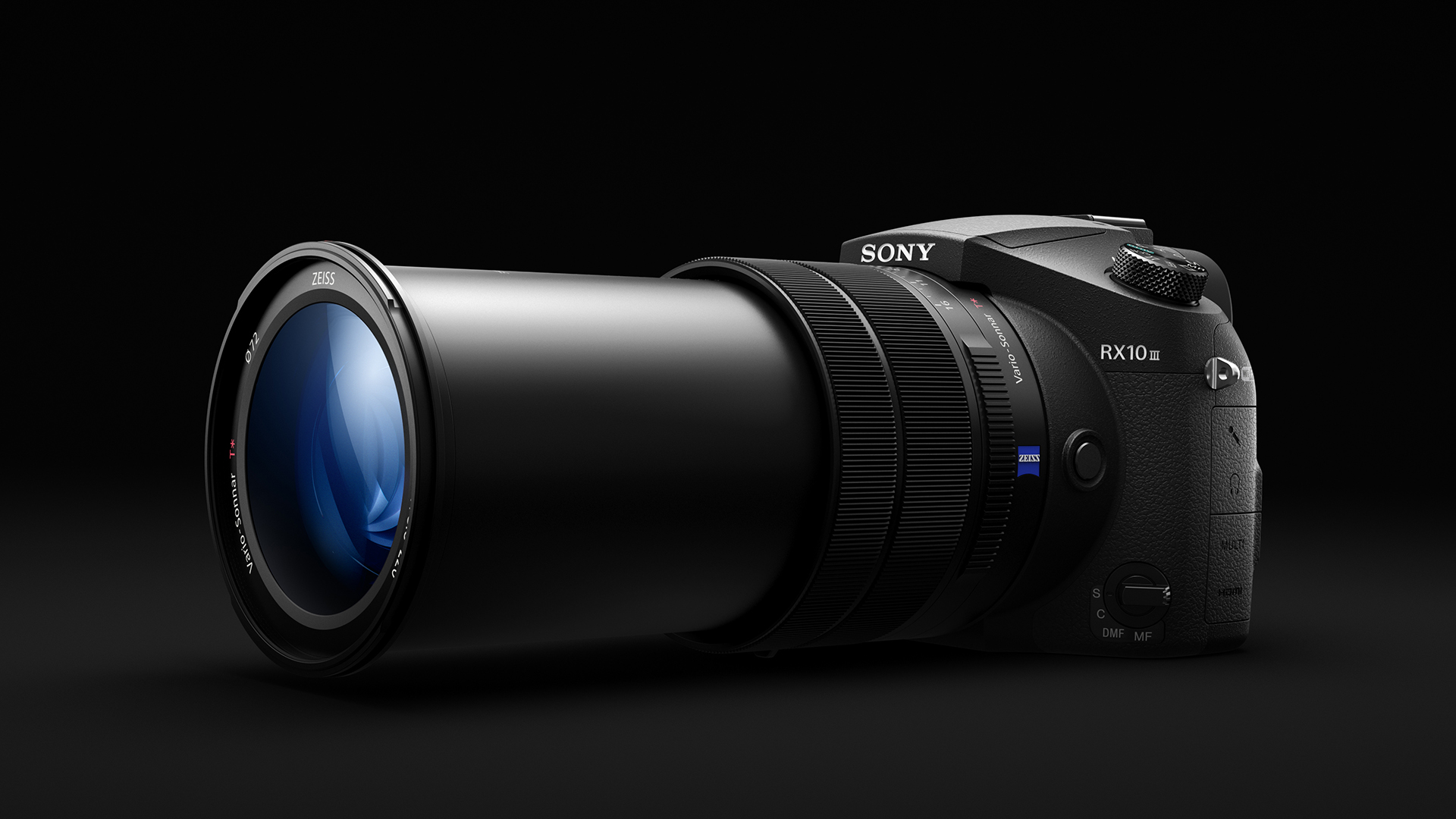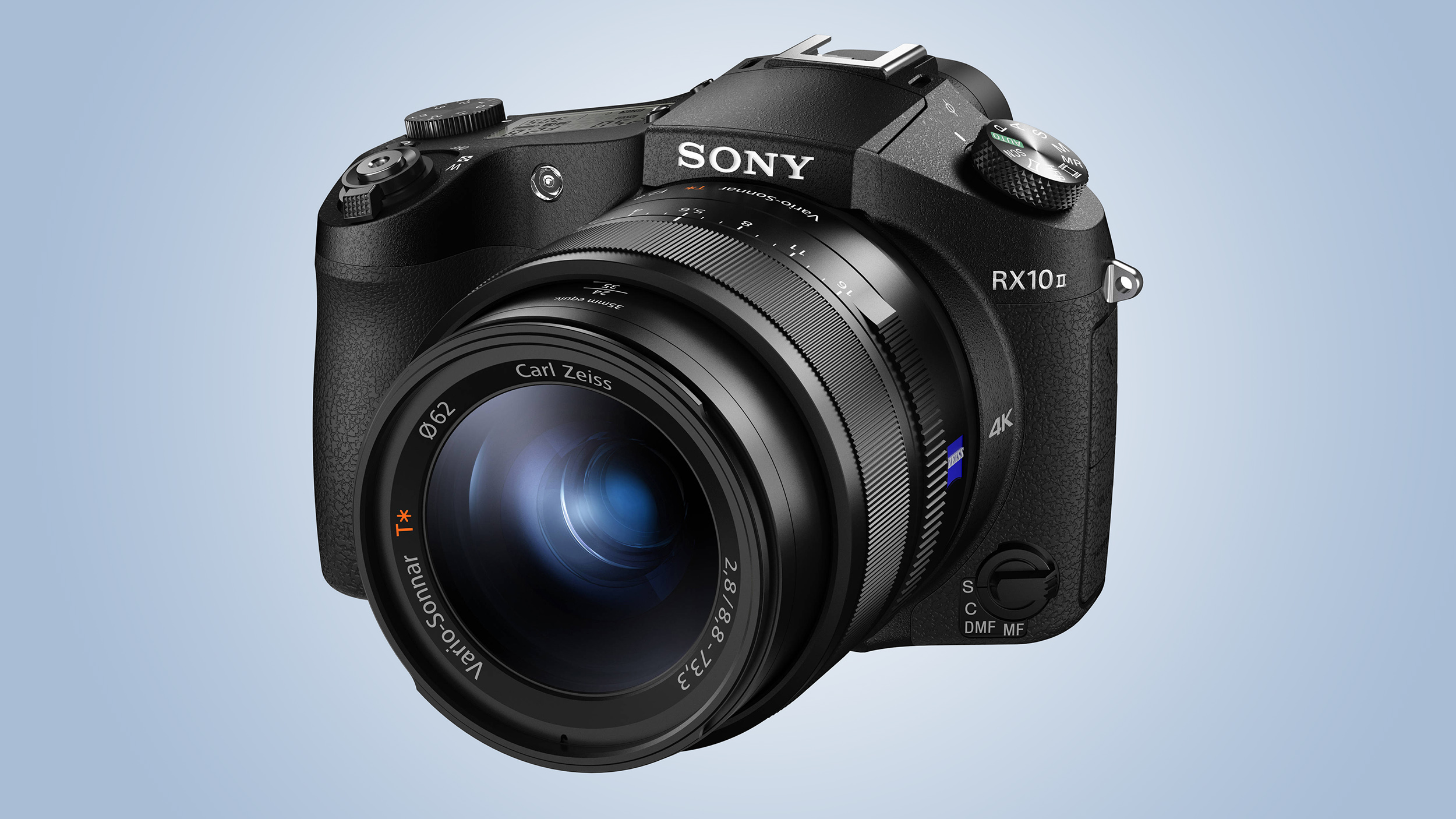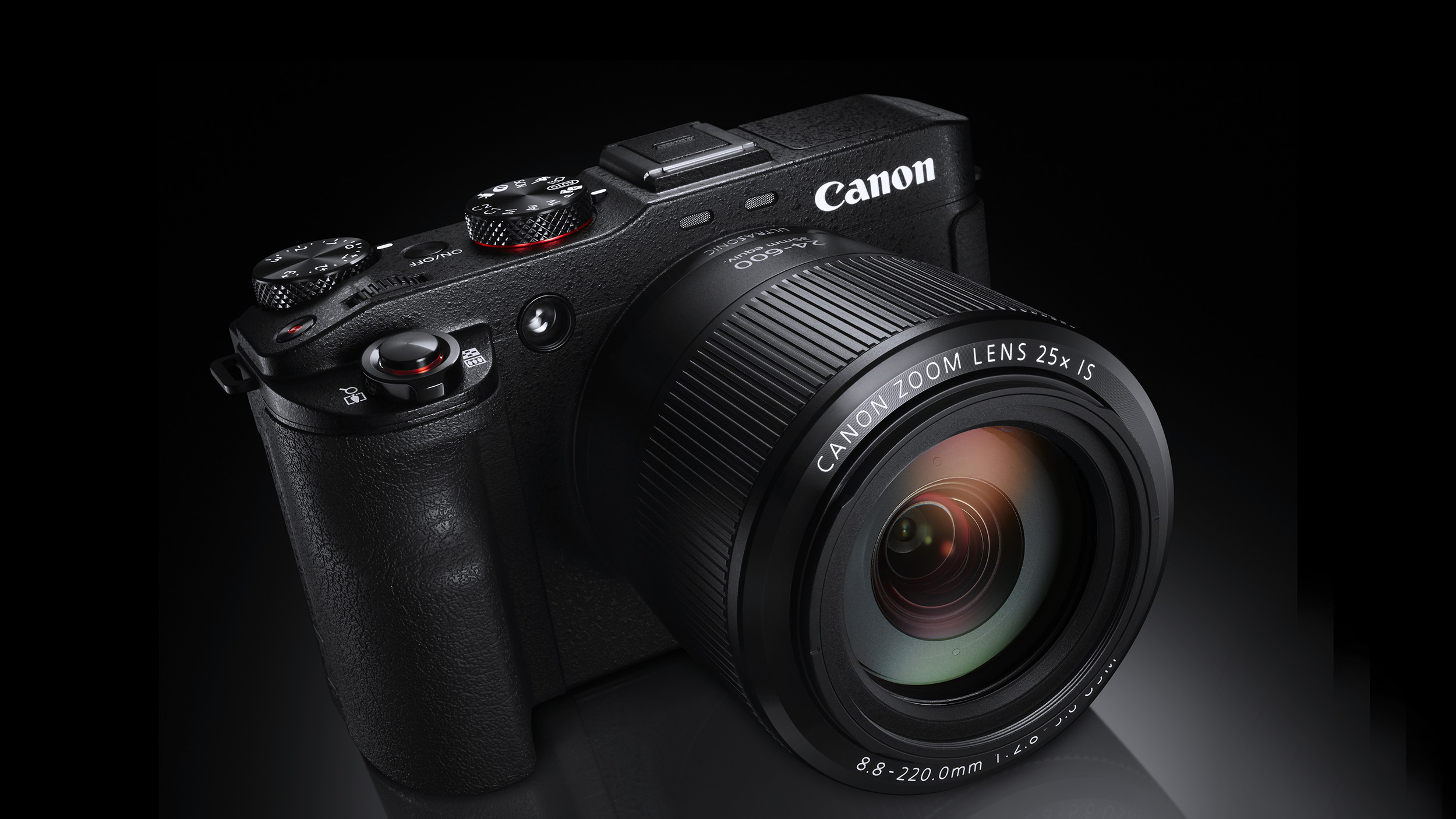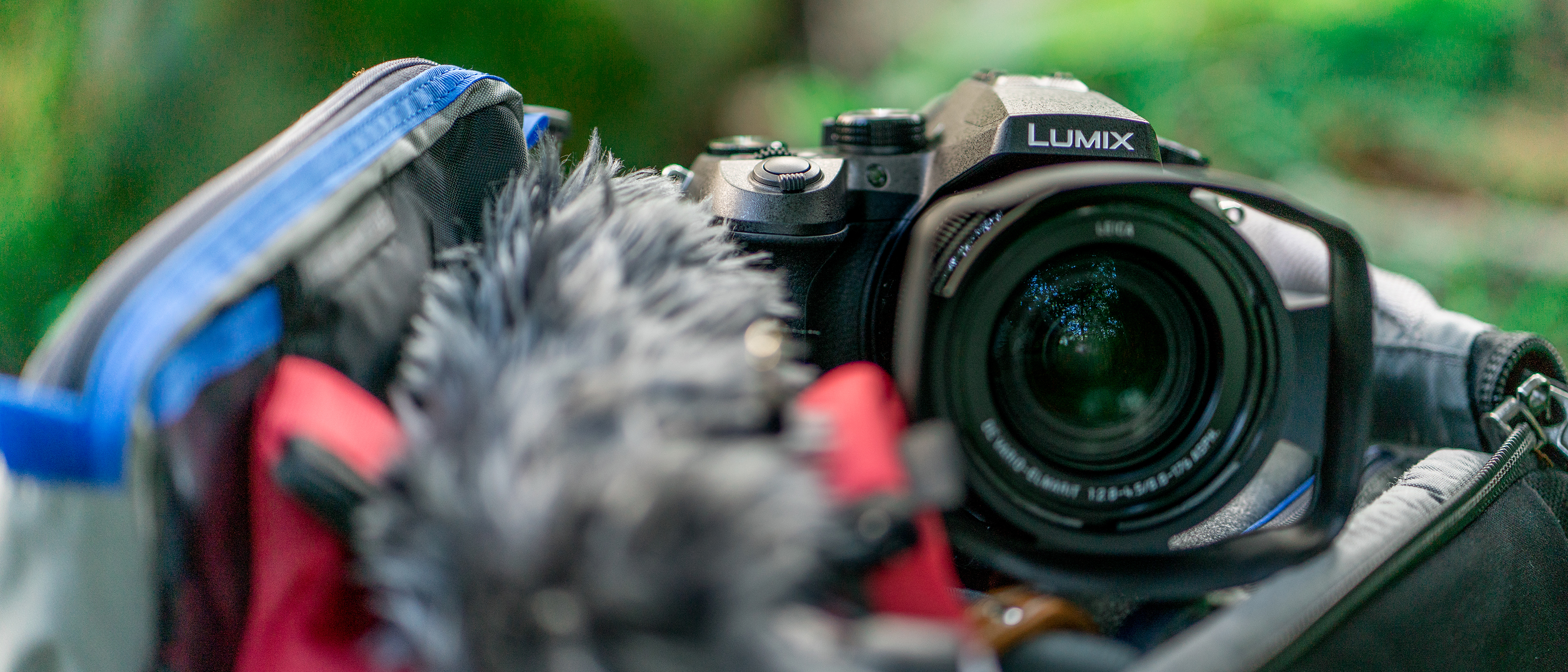Why you can trust TechRadar
Verdict
The Panasonic FZ2500 / FZ2000 is an impressive camera, with lofty ambitions that are thankfully matched by strong performance. If you're using it for video recording in particular it’s likely that you’ll be pleased with the results, if somewhat overwhelmed by the level of control on offer. Even so, with 4K video recording cropping up on many cheaper interchangeable lens cameras, the FZ2500 / FZ2000 does appear to be targeted towards a particular niche of photographers, those who need a broad level of video control together with an expansive optic.

Those using the FZ2500 / FZ2000 for stills will also find plenty to like. The camera's autofocus system is excellent, and does a great job of tracking moving subjects, while images show good dynamic range and low noise throughout the lower end of the ISO scale, with optical aberrations well controlled.
Both the EVF and LCD are fine performers in all key areas, while the responsive touchscreen is a huge bonus for ease of use and focusing, particularly when holding the camera in less conventional orientations.
In some respects the FZ2500 / FZ2000 falls a little short of the competition, and image quality is one area where the Sony Cyber-shot RX10 III has a slight but noticeable advantage. However, the Panasonic is cheaper by some margin, and certainly better value, so unless you’re in the habit of pixel peeping it may well be the better model for your requirements.
Competition

Sony Cyber-shot RX10 III
Like the Panasonic FZ2500 / FZ2000, Sony’s current flagship superzoom camera also boasts a 20MP 1.0-inch sensor and 4K video recording, although its Zeiss lens covers a 35mm-equivalent range of 24-600mm, with a wider maximum aperture range of f/2.4-4. It also offers a broader range of high-speed video recording options and a slightly longer battery life, together with a weather-resistant body and a faster top shutter speed. Videographers, however, may be put off by the fact that it doesn't offer a built-in ND filter, and it’s also limited to 8-bit output through its HDMI port.
Read our full review: Sony Cyber-shot RX10 III

Sony Cyber-shot RX10 II
While the Sony RX10 II has been superseded by the above model, it’s still available for roughly the same price as the Panasonic FZ2500 / FZ2000. It doesn't quite offer as broad a focal range as the Panasonic, with a lens equivalent to 24-200mm, although it does at least have the advantage of a constant maximum aperture of f/2.8. Aside from price, there are further reasons to consider the RX10 II over the RX100 III. Its optic, for example, makes the camera considerably lighter, while the ND filter that the RX10 III lacks is included here. If you don’t need the reach of the FZ2500 / FZ2000’s zoom lens, the RX10 II is definitely worth a look.
Read our full review: Sony Cyber-shot RX10 II

Canon PowerShot G3 X
Although the ageing PowerShot G3 X lacks a few niceties of the other models here, it comes with a far more agreeable price tag. It doesn't stretch to offering 4K video recording, nor does it offer a built-in electronic viewfinder (an optional one is available). Considering how much cheaper it is, it’s still very welcome to find a 20MP 1.0-inch sensor and the decent reach of its 24-600mm f/2.8-5.6 lens, and Canon has thrown in Wi-Fi and NFC too.
Read our full review: Canon PowerShot G3 X
